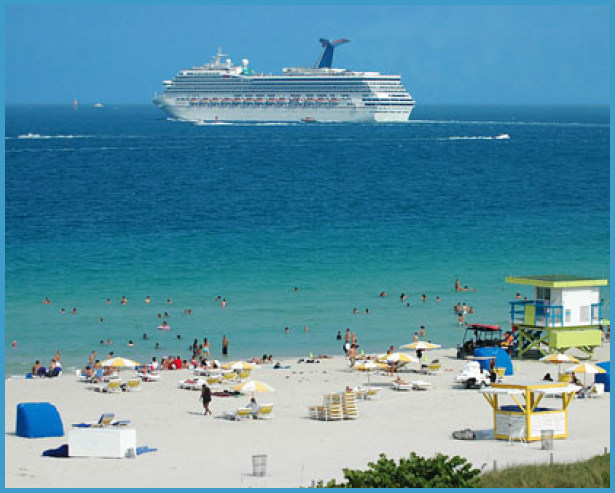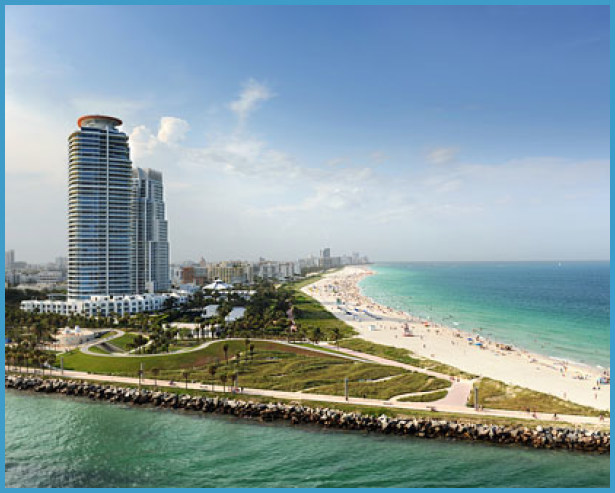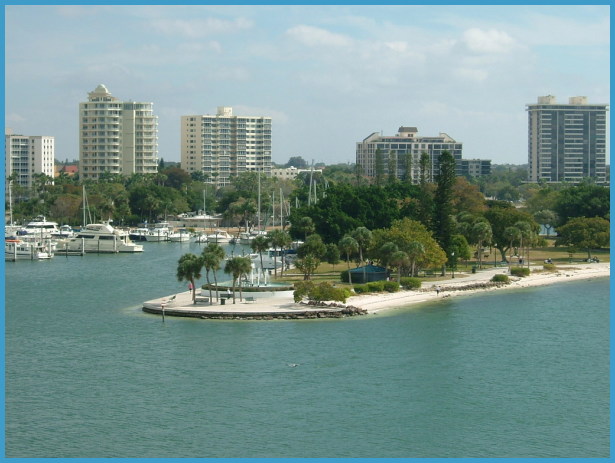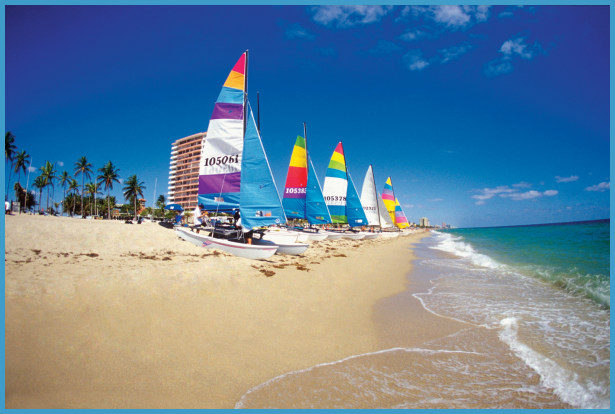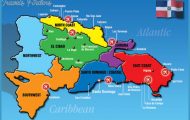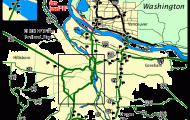The Miami sound offers a refrain of the old saw: one may not know how to define it, but one knows it when one hears it. Exuberant, playful, and robust, Florida’s Latin music has developed out of classical Cuban styles, dancehall, reggae, soul, and disco. Celia Cruz, the singer whose voice was truly larger than life, in many ways symbolized this new sound, even if it is Gloria Estefan who came to be its most visible representative for non-Spanish speakers. Celia Cruz was trained in mambo, salsa, and other forms and left Cuba after Castro’s rise, but she was based primarily in Mexico City, though later in life she had homes in Miami and New York. The new Latin sound of Florida combined brash band music along with the big vocals of singers such as Cruz to produce a unique kind of Caribbean music.
Apart from this now signature music, numerous other styles of music have come to influence both Florida and even international musical styles. The most recent phenomenon is reggaeton, which is principally Puerto Rican in origin. Reggaeton combines rap, hip-hop, salsa, reggae, and heavy bass into a seductive mix that can now be heard in cafes, bars, clubs, and on the radio from Miami to Santiago, Chile. Among the noted artists of the genre are Calle 13, Wisln y Yandel, and Daddy Yankee. Reggaeton has its critics it has been called misogynist and overly violent but nevertheless it appears to be in for the long haul.
In addition to Caribbean musical forms, more staid musical styles also have made some inroads in Florida’s culture, though with considerably less success. Mariachi, from Mexico, has not caught on much outside of Mexican communities. The same could be said of criolla, the Peruvian style of music from the coastal areas, which combines vocals and Afro-Peruvian elements. Nonetheless, these styles can be heard and found principally in south Florida. Perhaps most symbolic, and indeed financially significant, of the growing influence of Latinos in music culture in the United States and Florida is the presence in Miami of many of the high-end music awards ceremonies. The Latino Billboard and Grammy ceremonies are now frequently held in Miami, and it is fitting that Gloria Estefan has often led the way.
NOTES
1. http://factfinder.census.gov/servlet/DTTable?_bm=y&-geo_id=05000US12086&-ds_name=ACS_2005_EST_G00_&-redoLog=false&-mt_name=ACS_2005_EST_ G2000_B03001.
2. http://factfinder.census.gov/servlet/DTTable?_bm=y&-geo_id=05000US12086&-ds_name=ACS_2005_EST_G00_&-redoLog=false&-mt_name=ACS_2005_EST_ G2000_B03001.
3. Miami Herald, April 8, 2006.
4. Miami Herald, November 11 and 12, 2006.
5. Although it is not without controversy, a classic study of the population of the Valley of Mexico remains Charles Gibson’s The Aztecs under Spanish Rule: A History of the Indians of the Valley of Mexico, 1519-1810 (Stanford: Stanford University Press, 1964).
6. See, among others, Peter Boyd-Bowman’s Indice geobiografico de cuarenta mil pobladores espaholes de America en el siglo XVI, 2 vols. (Bogota: Instituto Caro y Cuervo, 1964; Mexico: Ed. Jus, 1968) and Ida Altman’s Emigrants and Society: Extremadura and America in the Sixteenth Century (Berkeley: University of California Press, 1989).
7. See Eugene Lyon, Settlement and Survival, in The New History of Florida, ed. Michael Gannon (Gainesville: University Press of Florida, 1996).
8. Amy Turner Bushnell, Republic of Spaniards, Republic of Indians, in New History, 66.
9. Charles W. Arnade, Raids, Sieges, and International Wars, in New History, 108.
10. Arnade, Raids, Sieges and International Wars, 102, and William S. Coker, Pensacola, in New History, 128.
11. For discussion of the early U.S. period in general and for statistics given here on the subject, see Daniel L. Schafer, U.S. Territory and State, in New History, 207-230.
12. Mormino, 2005, 315.
13. Quoted by Raymond A. Mohl and George E. Pozzetta, From Migration to Multiculturalism: A History of Florida Immigration, in New History, 401.
14. Mormino, 2005, 286.
15. Quoted in Mohl and Pozzetta, From Migration to Mulitculturalism, 405.
16. Mormino, 2005, 288.
17. Mormino, 2005, 289.
18. Miami Herald, December 4, 2006.
19. For census data on Florida, I have relied on the U.S. Census Bureau Web site, which is interactive for state, county, and city statistics on population ethnic and racial identification. The principal location for the information on Florida, which can be searched for city and county statistics, is http://factfinder.census.gov/servlet/ ACSSAFFPeople?_event=&geo_id=04000US12&_geoContext=01000US%7C04000US12& _street=&_county=&_cityTown=&_state=04000US12&_zip=&_lang=en&_sse=on&Active GeoDiv=&_useEV=&pctxt=fph&pgsl=040&_submenuId=people_10&ds_name=ACS_2005_ SAFF&_ci_nbr=null&qr_name=null®=null%3Anull&_keyword=&_industry=.
20. The U.S. census has two forms containing ethnic/racial questions. The first asks for race and does not ask whether one is Hispanic. The second form does not ask for phenotypic or geographically linked racial categorization but rather about whether one is Hispanic or not, with options for nationally related categories. In the 2005 figures drawn by the community surveys in Miami-Dade, about 900,000 people are non-Hispanic of any race. In the race category, in which many Hispanics identify as white, about 460,000 people are identified as black or African American. One might reasonably guess that some portion of this came from Afro-Latinos, but not much, given the general composition of Miami Latinos, most of whom claim white status racially. Accounting for some shaving off of these numbers, we can remove 300,000-450,000 people from the non-Hispanic number of 900,000, given the preponderance of non-Hispanics in the Miami black community. This gives us approximately 450,000-600,000 non-Hispanic whites in Miami-Dade, a number still lower than that of Cubans as a distinct group.
21. Quoted in Mormino, 2005, 290.
22. For a standard biography, see L. Glenn Westfall’s Don Vicente Martinez Ybor, the Man and His Empire: Development of the Clear Havana Industry in Cuba and Florida in the Nineteenth Century (PhD diss. University of Florida, 1977). Further studies include Gary Mormino and George E. Pozzetta, The Immigrant World of Ybor City: Italians and Their Latin Neighbors in Tampa, 1885-1985 (Gainesville: University Press of Florida, 1998).
23. Mormino, 2005, 290.
24. See, for example, Raymond Mohl’s Maurice Ferre, Xavier Suarez [sic], and the
Ethnic Factor in Miami Politics, in Spanish Pathways in Florida, 1492-1992, eds. Ann L.
Henderson and Gary R. Mormino (Sarasota, FL: Pineapple Press, 1991).
25. http://www.sptimes.com/2002/07/11/State/Selection_a_swipe_at_.shtml.
26. http://sun6.dms.state.fl.us/eog_new/eog/library/releases/2002/july/appt_cantero-07-10-02.html.
27. The full transcript of the case Church of Lukumu Babalu Aye v. City of Hialeah can be found at http://caselaw.lp.findlaw.com/scripts/getcase.pl?navby=CASE&court=US&vol= 508&page=520.





